Elephants are some of the most emotionally complex, socially bonded, and spatially aware animals on the planet.
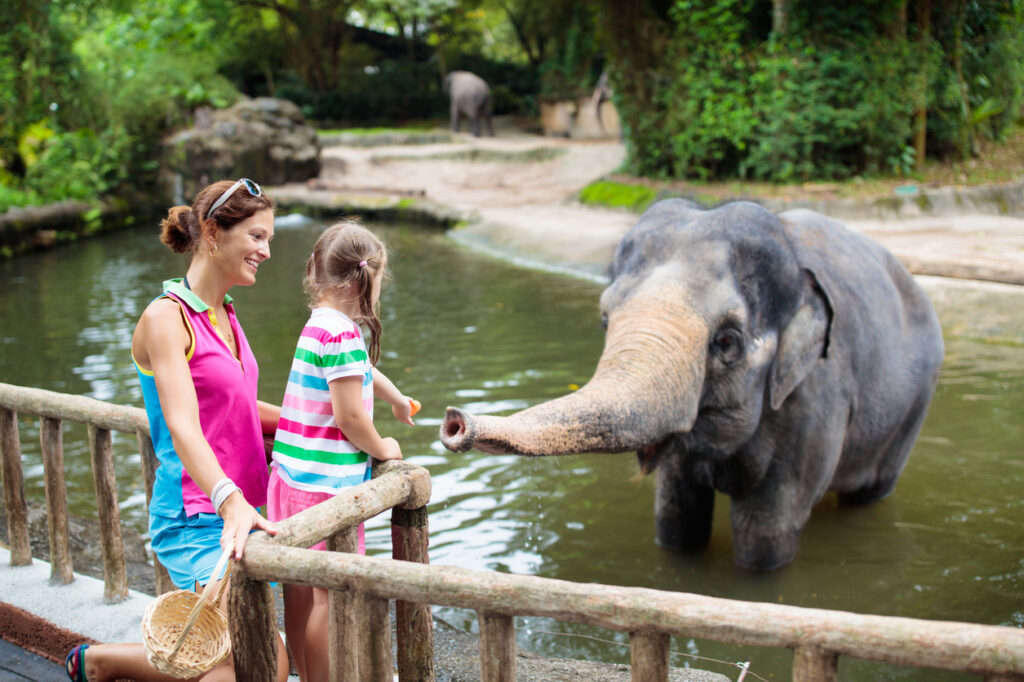
While zoos might aim to provide safety and education, the truth is, no enclosure—no matter how well-intentioned—can come close to replicating what elephants actually need to thrive. Here are just some of the reasons why elephants and zoos will always be at odds, no matter how well-designed the exhibit might be.
1. They’re used to walking dozens of miles every day.
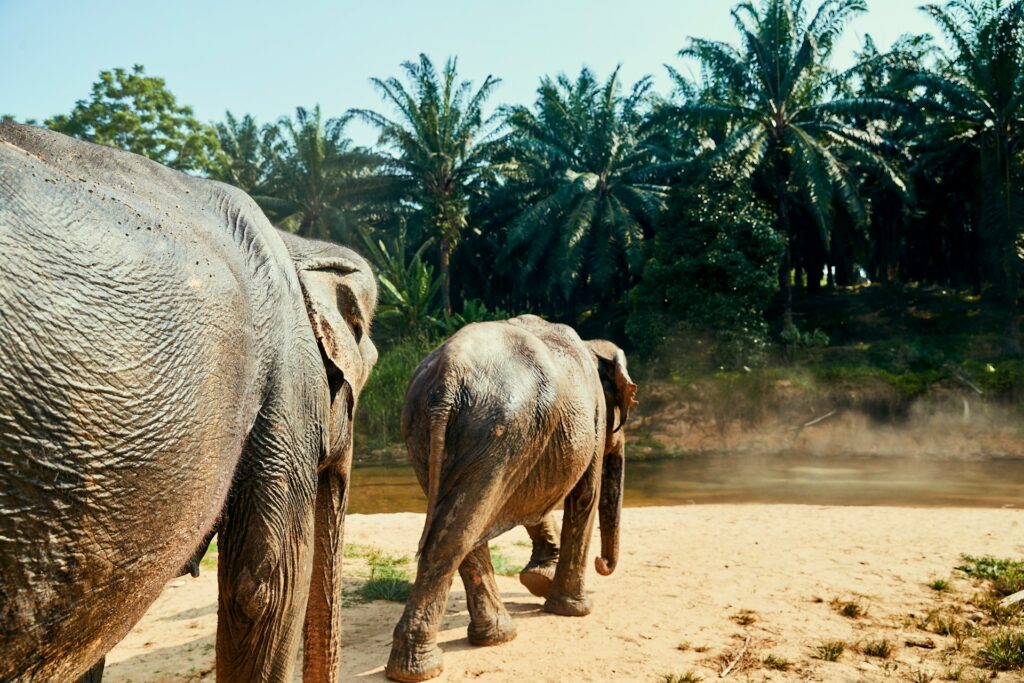
In the wild, elephants can cover up to 30 miles in a single day as they forage, roam, and stay connected to their herd. No zoo in the world can offer anywhere close to that level of space or freedom of movement. Limiting an elephant’s range to a few acres, even if it’s lush and well-maintained, is like putting a marathon runner on a treadmill that’s two steps long. It doesn’t fulfil their physical or psychological needs.
2. Their social bonds are intensely deep.
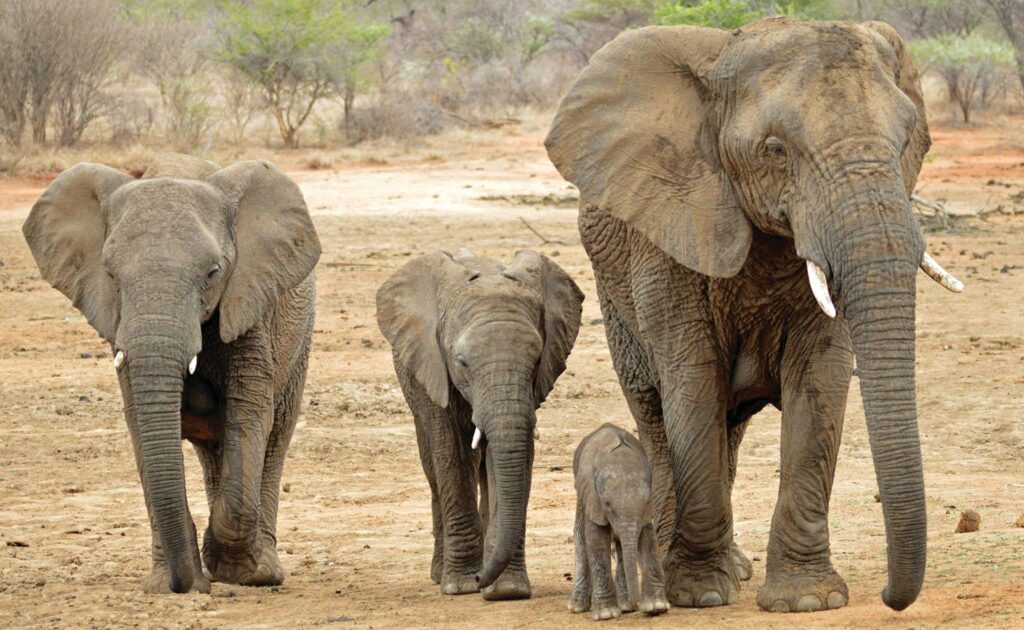
Elephants form life-long bonds with their herd members, particularly among females. These relationships are built over years and are essential to their emotional well-being. Separating them or forming artificial groupings rarely works the same way. In zoos, herds are often small, fragmented, or made up of individuals from completely different backgrounds. That sense of natural social order is hard to maintain, and many elephants end up isolated or mismatched.
3. They mourn their dead—deeply.
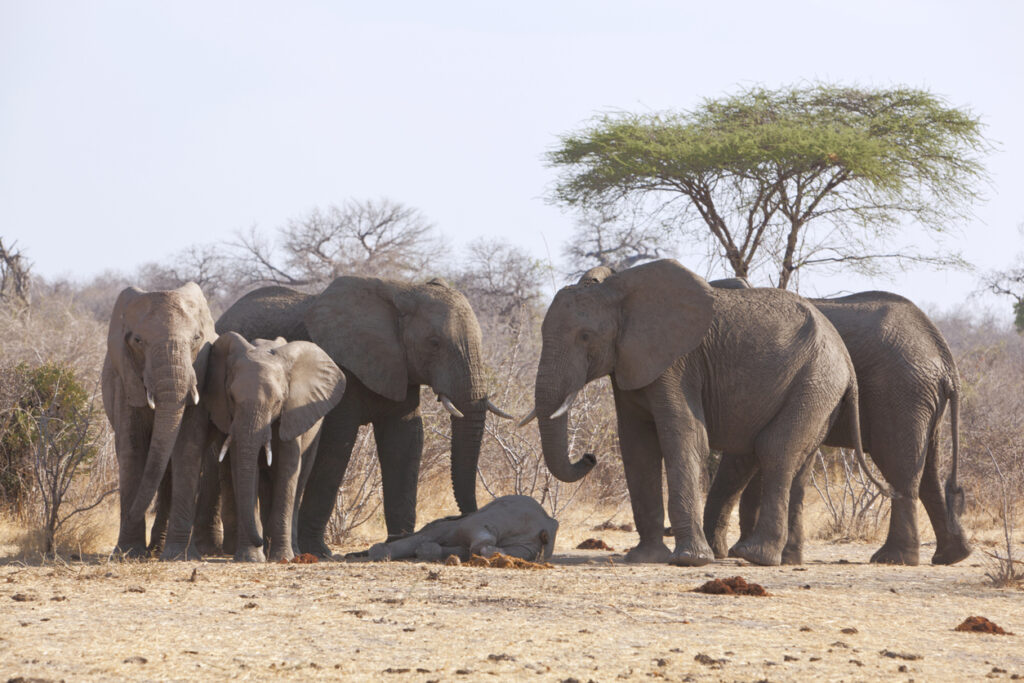
Elephants don’t just recognise death; they grieve it. In the wild, herds will stay by the body of a deceased elephant for days, touching it and showing signs of mourning. They’ve even been known to return to bones years later. In zoos, death is often managed quietly and behind the scenes. The surviving elephants are rarely given the time or space to process a loss in their own way. This can disrupt the emotional equilibrium of the entire group.
4. Their mental stimulation needs are sky-high.
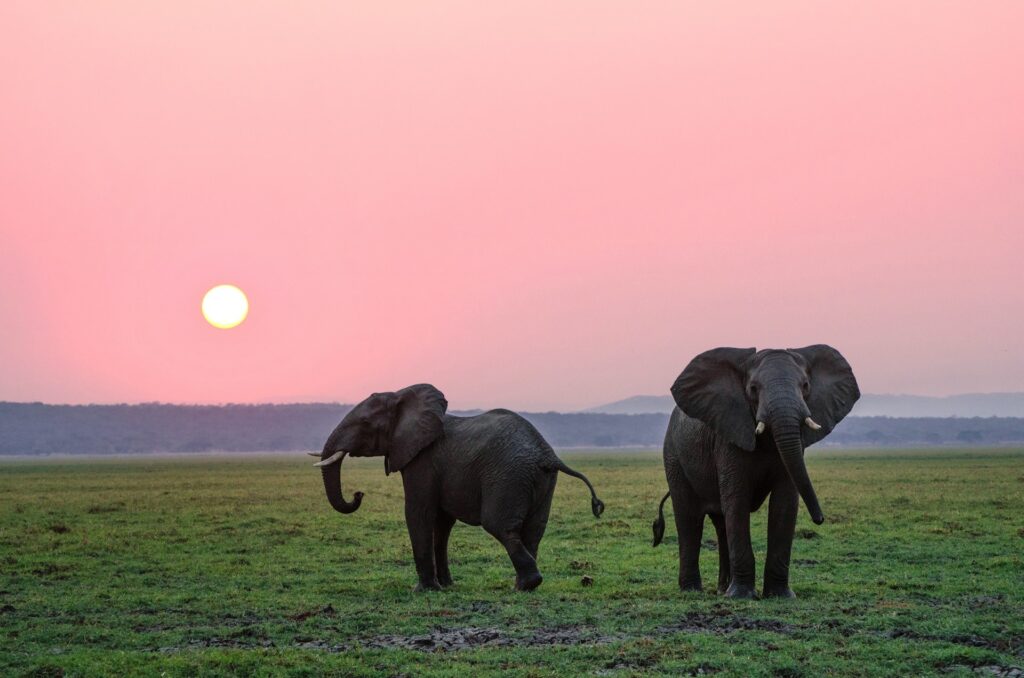
Elephants are problem-solvers, explorers, and tool users. They’re constantly engaging with their environment, figuring out how to manipulate it, and learning from their surroundings. Even with enrichment activities in zoos, it’s hard to keep up with their cognitive appetite. Boredom and frustration can quickly turn into stereotypic behaviours like head bobbing, pacing, or rocking.
5. Many exhibit signs of zoochosis.
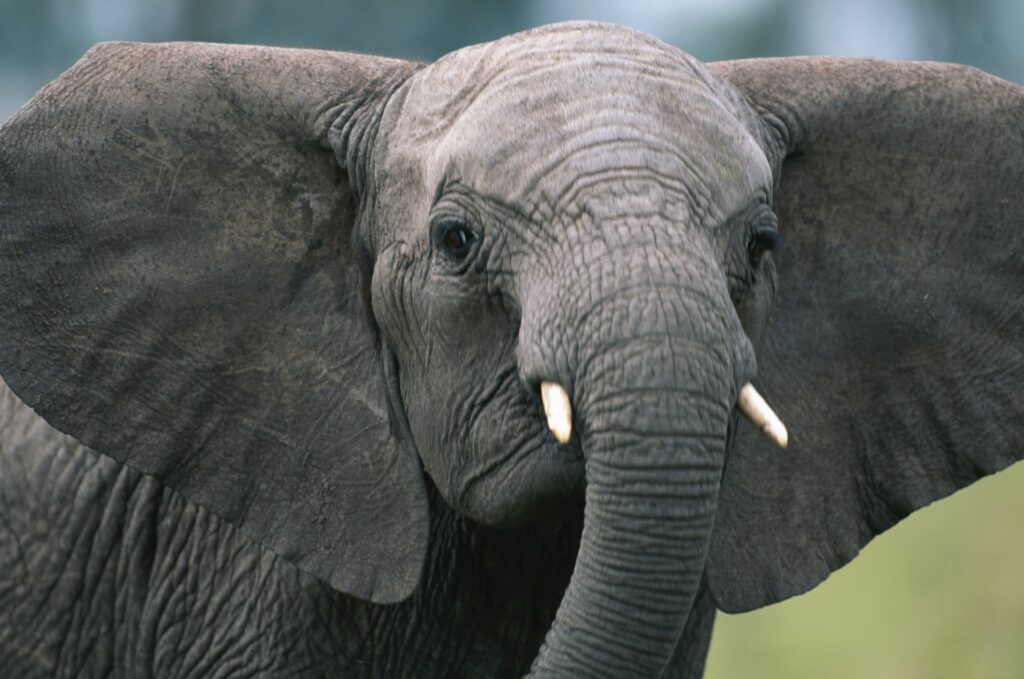
Zoochosis refers to abnormal, repetitive behaviours developed in captivity due to stress, lack of stimulation, or confinement. Elephants are especially prone to this because of their intelligence and need for stimulation. Rocking, swaying, and walking in tight circles are sadly common in zoo-kept elephants. These aren’t quirky behaviours; they’re often signs of psychological distress and emotional imbalance.
6. Their sense of space is completely different.
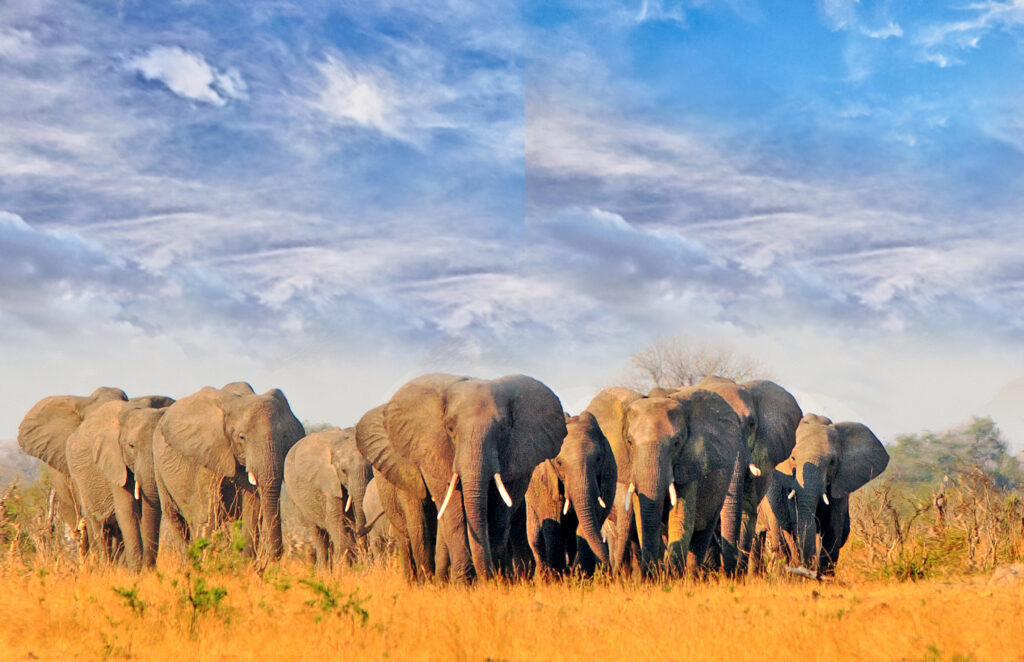
Elephants use space in a layered, strategic way—tracking migration routes, water sources, and herd movements over huge distances. They don’t just occupy space; they understand and interact with it dynamically. In a zoo, space becomes static. There’s nowhere new to explore, no evolving environmental cues. The disconnect between what their instincts demand and what’s available creates deep, unresolvable frustration.
7. Breeding in captivity raises ethical concerns.
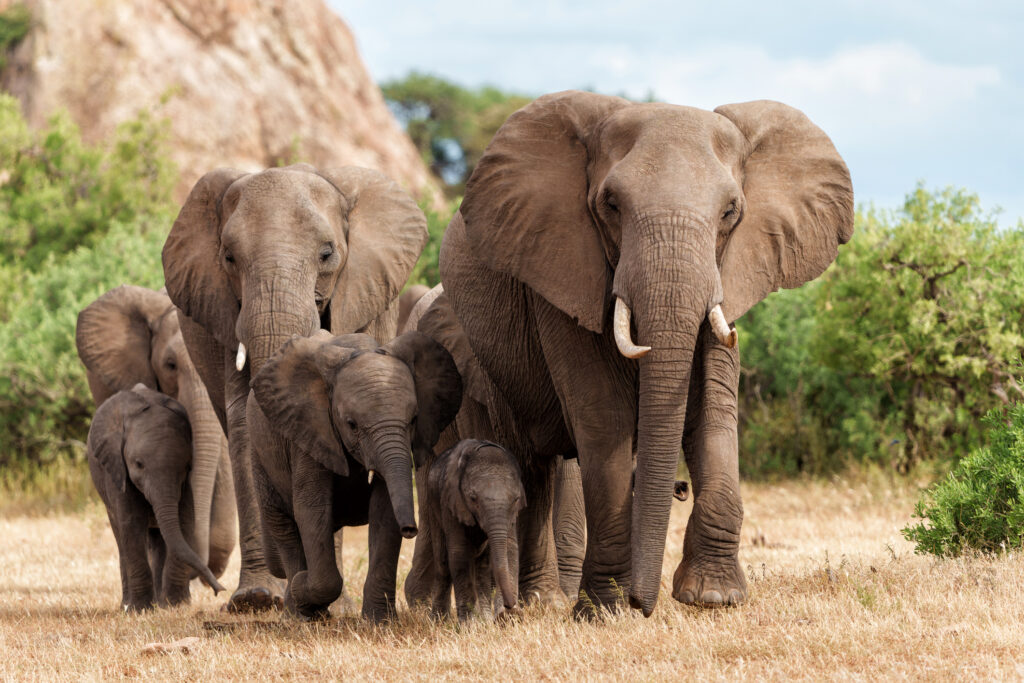
While captive breeding is often presented as a conservation tool, many elephants born in zoos never end up in the wild. Instead, they live out their lives in captivity, separated from natural herd dynamics. Breeding programs can also involve forced pairings, early weaning, or separating calves from their mothers—practices that would never occur in healthy wild herds and often leave long-term emotional impacts.
8. They communicate using infrasound.
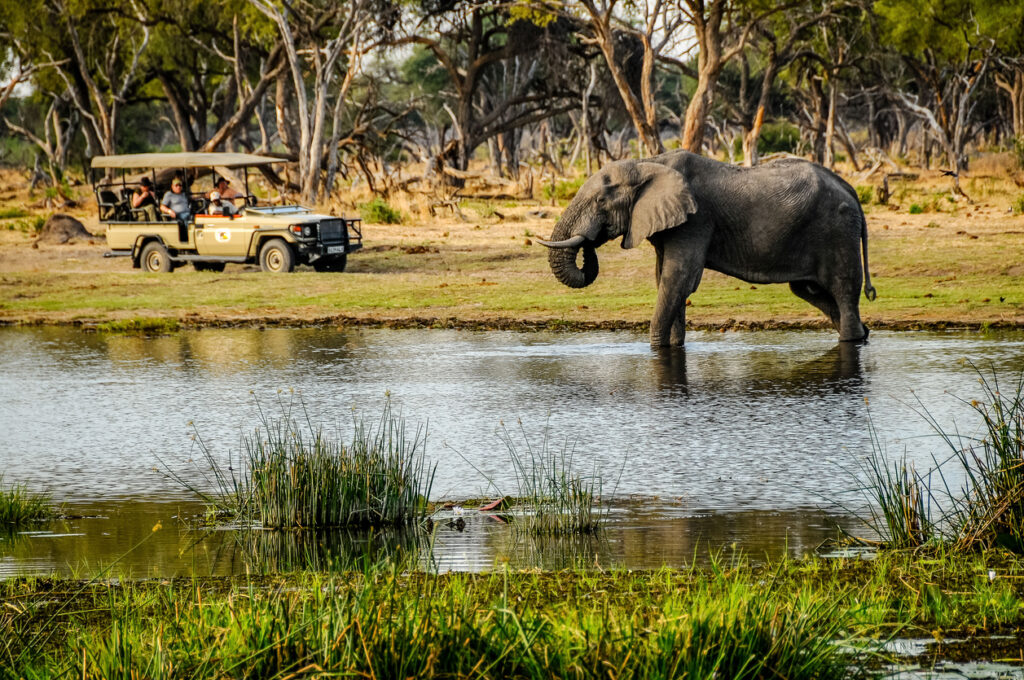
Elephants “talk” using low-frequency rumbles that travel long distances, sometimes over several kilometres. This communication is critical for coordinating herd movement and maintaining bonds even when individuals are far apart. In a zoo, these calls have nowhere to go. The physical layout and human-made barriers dampen or block infrasound, cutting elephants off from their natural communication instincts.
9. Their feet weren’t made for concrete.
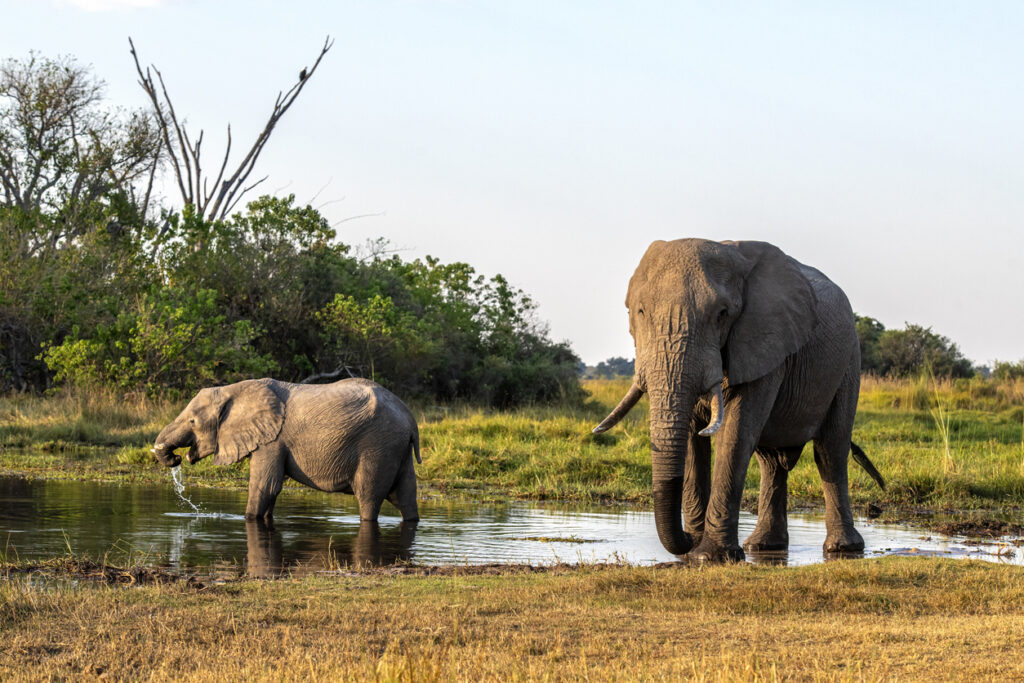
Zoo enclosures often include hard surfaces or compacted soil that put strain on elephant feet and joints. In the wild, they’re walking across varied terrain that naturally conditions their pads and claws. Foot problems are one of the most common health issues in captive elephants. These can lead to infections, chronic pain, and even euthanasia in severe cases, all because their feet are stuck in the wrong environment.
10. They’re highly emotional animals.
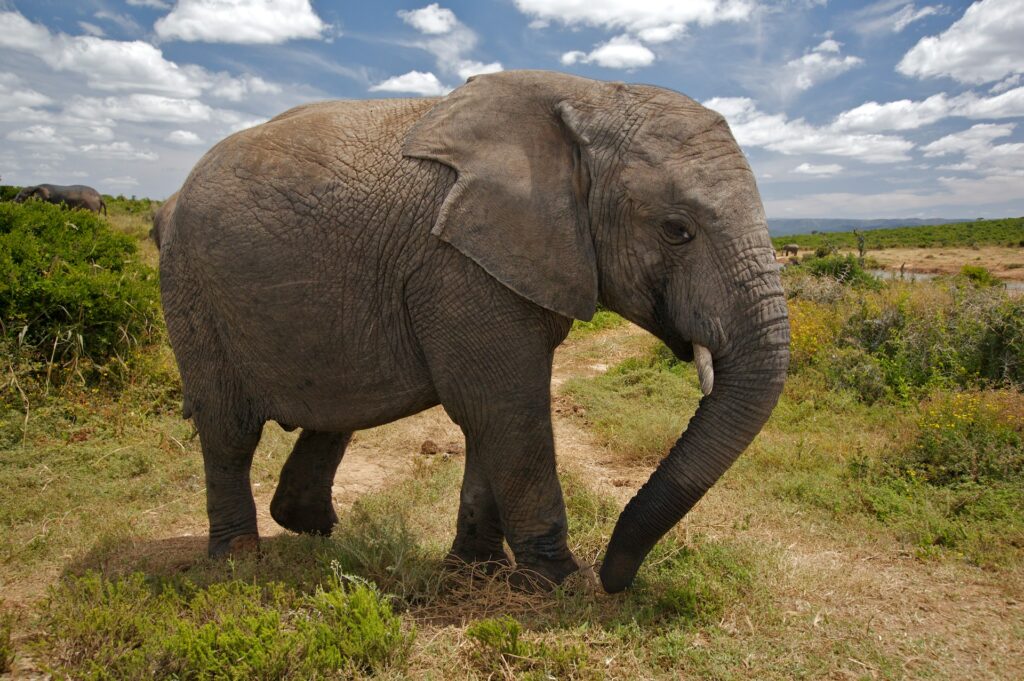
Elephants experience joy, fear, sadness, and even empathy. They can hold grudges, show forgiveness, and express affection in deeply nuanced ways. Captivity can dull these emotional expressions or twist them into distress signals. When elephants are deprived of healthy emotional outlets, their mental state deteriorates. Emotional frustration often presents as aggression, withdrawal, or obsessive habits, and it rarely resolves without major changes.
11. They have exceptional memories.
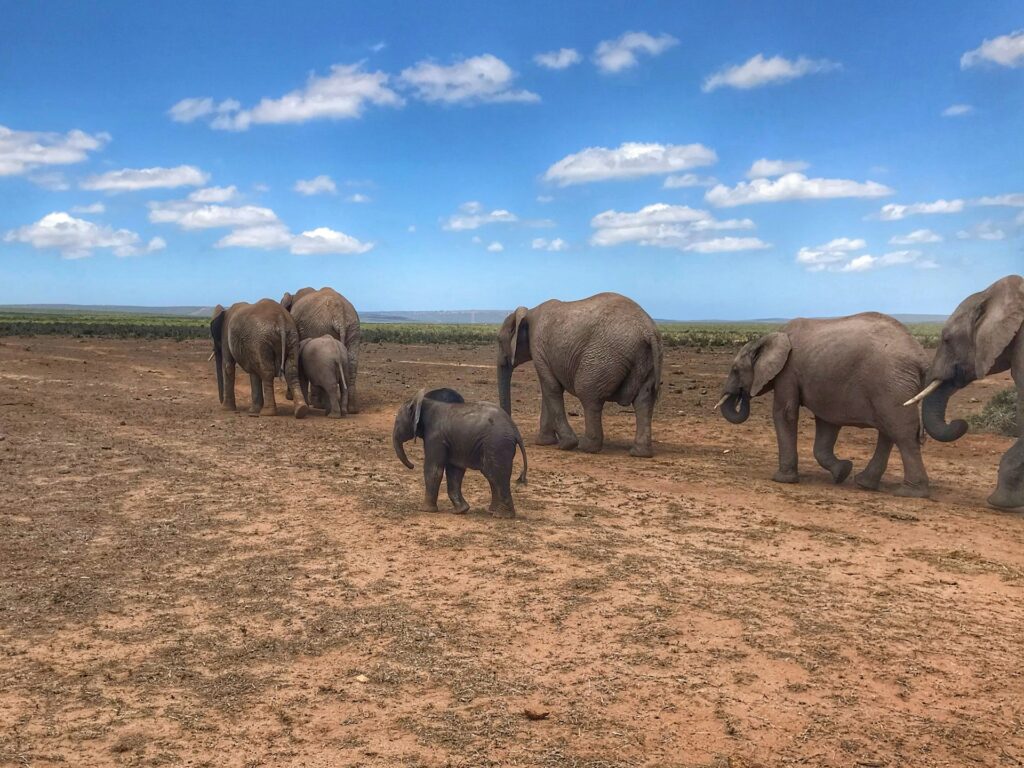
The saying “an elephant never forgets” isn’t just folklore. Elephants remember migration routes, social cues, water sources, and even traumatic experiences from decades ago. Their long memories serve an important role in wild survival. However, in captivity, those same memories can become a source of torment, especially if the elephant remembers being separated from its mother, moved across continents, or confined in isolation for years on end.
12. Transportation is deeply traumatic.
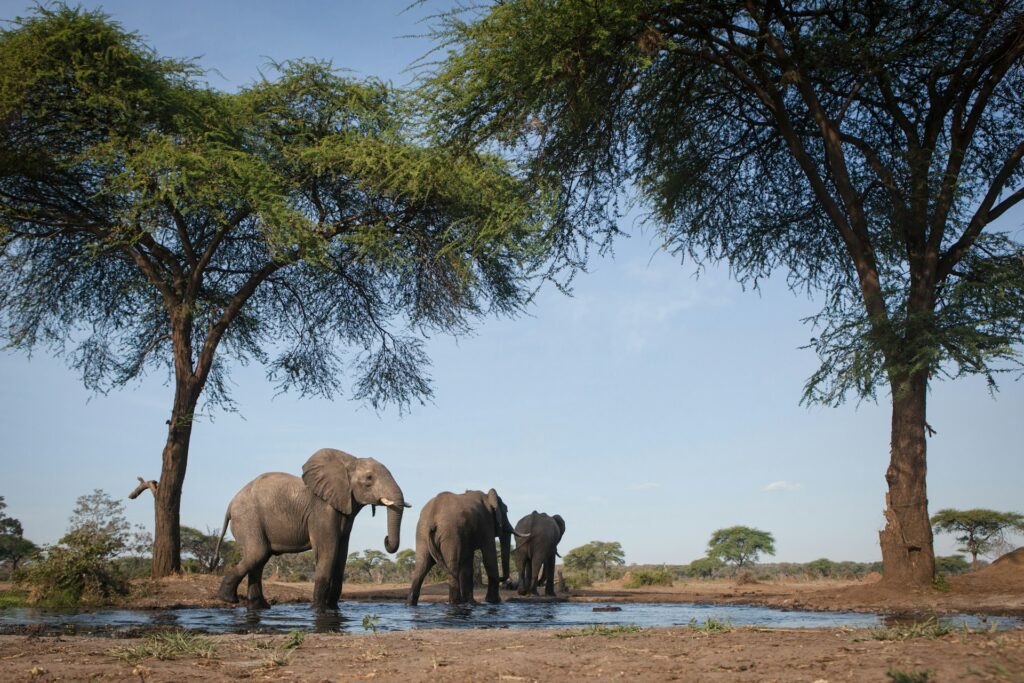
Moving elephants between zoos or facilities—something that happens regularly for breeding or management reasons—is an enormous source of stress. It can separate bonded pairs, expose them to new social tensions, and uproot everything familiar. Even the process of loading them into crates and sedating them can be terrifying. It’s a completely unnatural experience that disrupts their instincts and damages trust in humans and other elephants alike.
13. Artificial environments can’t replicate wild challenges.
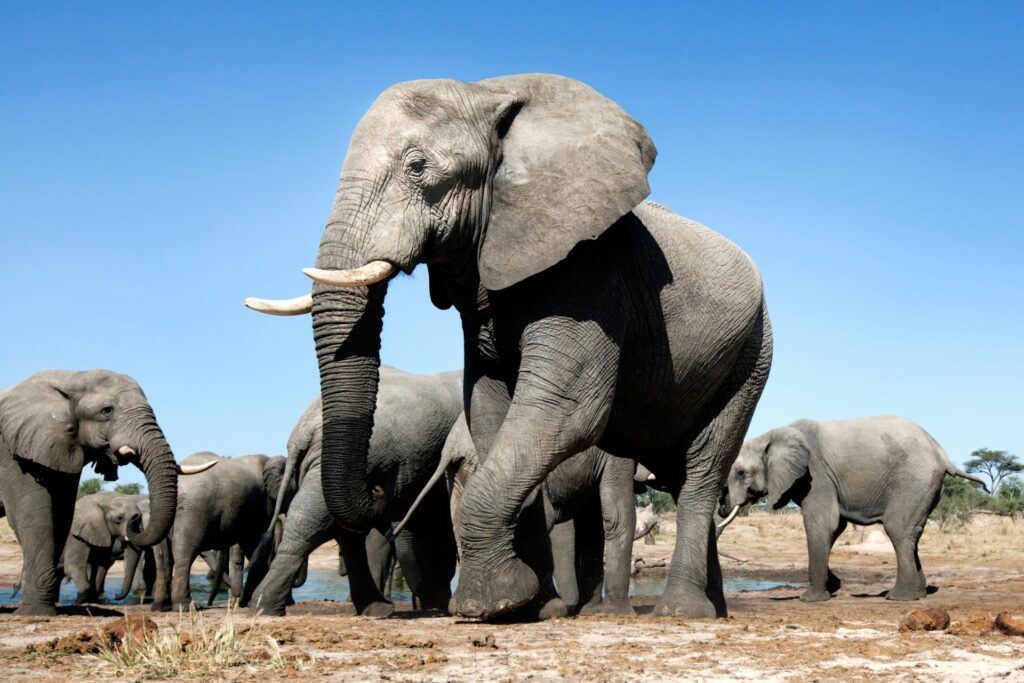
In the wild, elephants face puzzles and decisions all the time—when to migrate, where to dig for water, how to care for calves. These aren’t optional, they’re essential to a fulfilling elephant life. In zoos, everything is managed: food, terrain, interactions. This removes the natural feedback loop that helps elephants develop independence and confidence. They’re robbed of the chance to navigate life on their own terms.
14. Enrichment activities only scratch the surface.
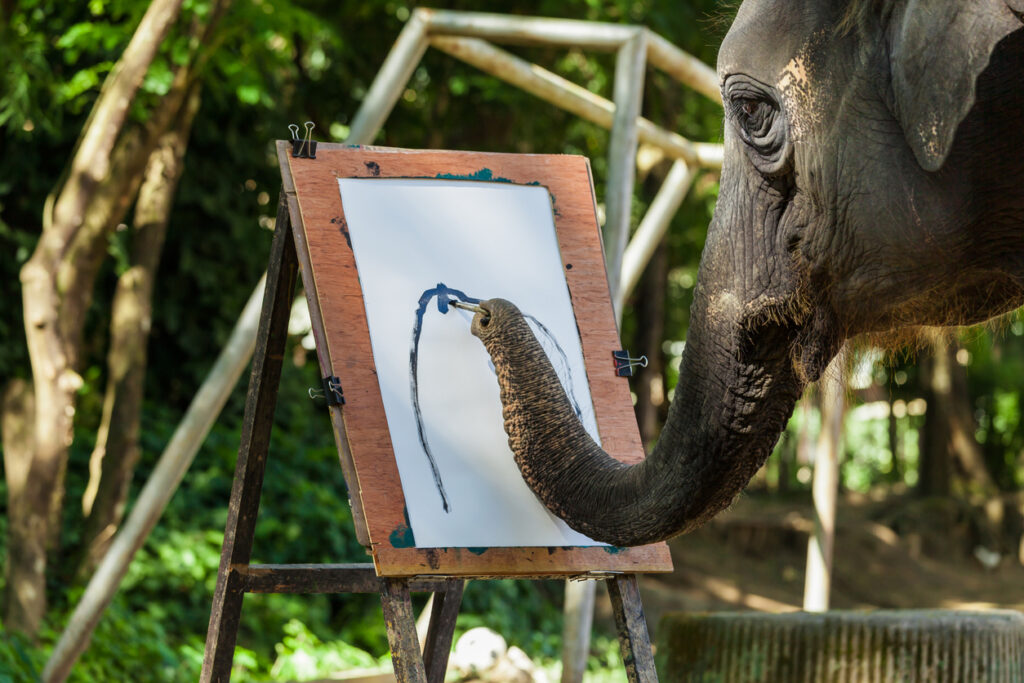
Most zoos now offer enrichment to keep animals mentally stimulated—things like puzzle feeders or scent trails. However, while it’s a good start, it doesn’t come close to the richness of real life in the wild. Even the best enrichment can become predictable over time. Elephants quickly learn the routine, and if there’s no variety or spontaneity, the benefits drop off. They need environments that constantly shift and evolve, not just toys.
15. Calf mortality rates in captivity are higher.
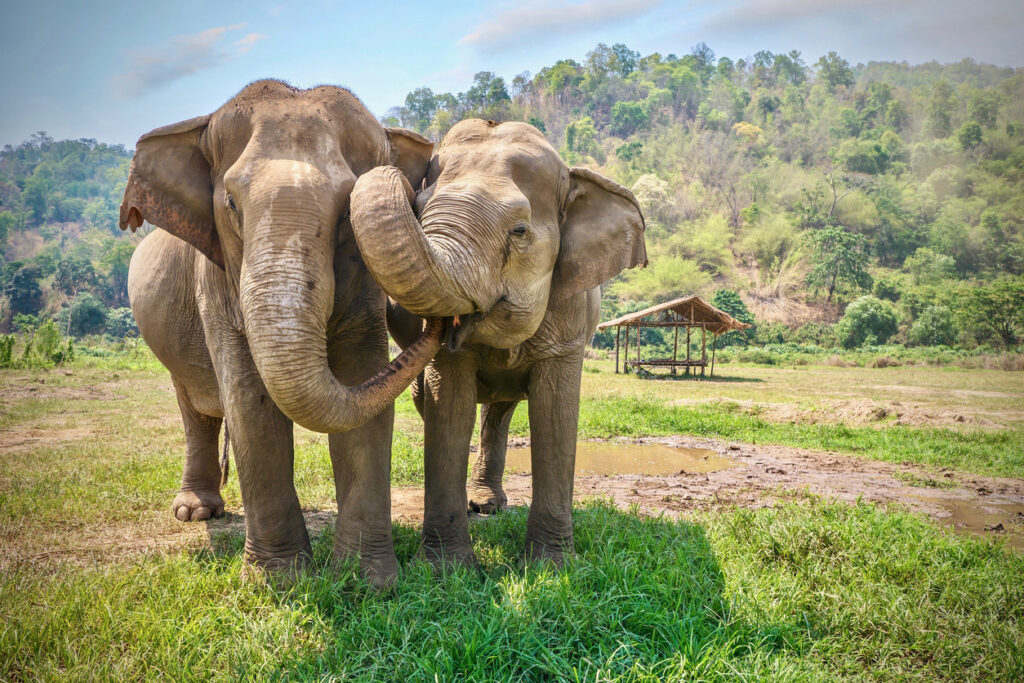
Despite controlled conditions, elephant calves in zoos have a higher mortality rate than their wild counterparts. Many die from infections, maternal rejection, or undiagnosed complications early in life. This raises serious concerns about the ethics of breeding programs. If we can’t reliably offer healthy outcomes for young elephants, are we really acting in their best interest at all?
16. Male elephants are often kept in isolation.
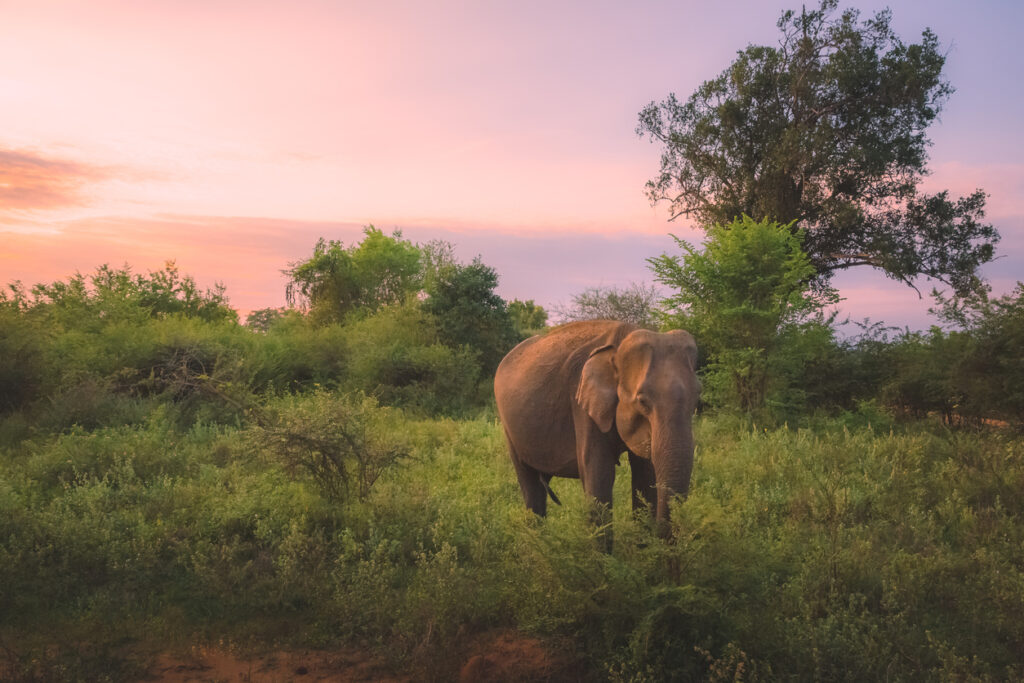
Bulls (male elephants) can be difficult to house with others due to their size and hormonal cycles. As a result, many spend long stretches alone, with little social interaction or stimulation. While wild bulls may wander alone at times, they still engage regularly with other elephants—through sparring, mating, or just social exchanges. Isolation in zoos often leads to extreme boredom and emotional distress.
17. Escapes and aggression are signs something’s wrong.
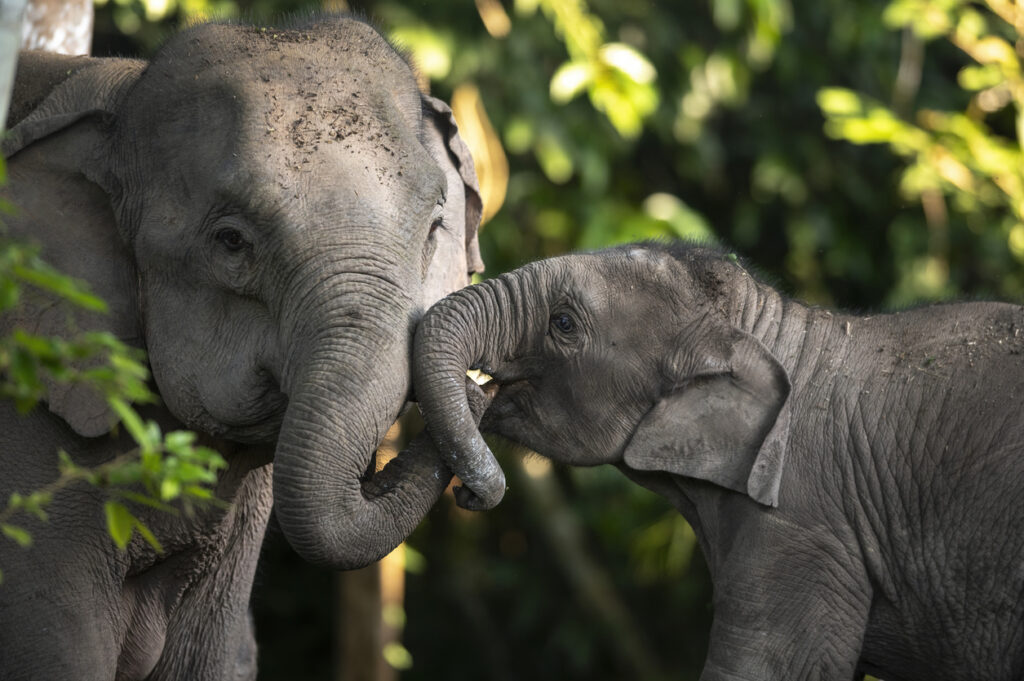
When elephants escape enclosures or lash out at keepers, it’s usually labelled as dangerous behaviour. However, often, it’s a symptom of chronic frustration or stress. These animals aren’t trying to be violent—they’re trying to tell us something isn’t right. In most cases, these incidents end with the elephant being relocated or even put down, despite the fact that their environment may have been the root cause all along.
18. Many live drastically shortened lives.

Although some captive elephants live into their 40s or 50s, many die young. Studies have shown that elephants in zoos often have shorter lifespans than their wild counterparts, especially in colder climates where they’re not well suited. The stress of confinement, lack of exercise, and medical issues all play a role. It’s a grim reminder that survival isn’t the same as living well.
19. Conservation arguments don’t always add up.

One of the biggest justifications for keeping elephants in zoos is conservation. However, with so few being released into the wild—and most programs focused on captive breeding—this claim is increasingly questioned by wildlife experts. True conservation often happens in protected reserves, sanctuaries, and in-the-wild efforts—not behind bars. Keeping elephants for display does little to change the bigger picture of habitat loss or poaching in their natural homes.
20. Sanctuaries offer a far better alternative.
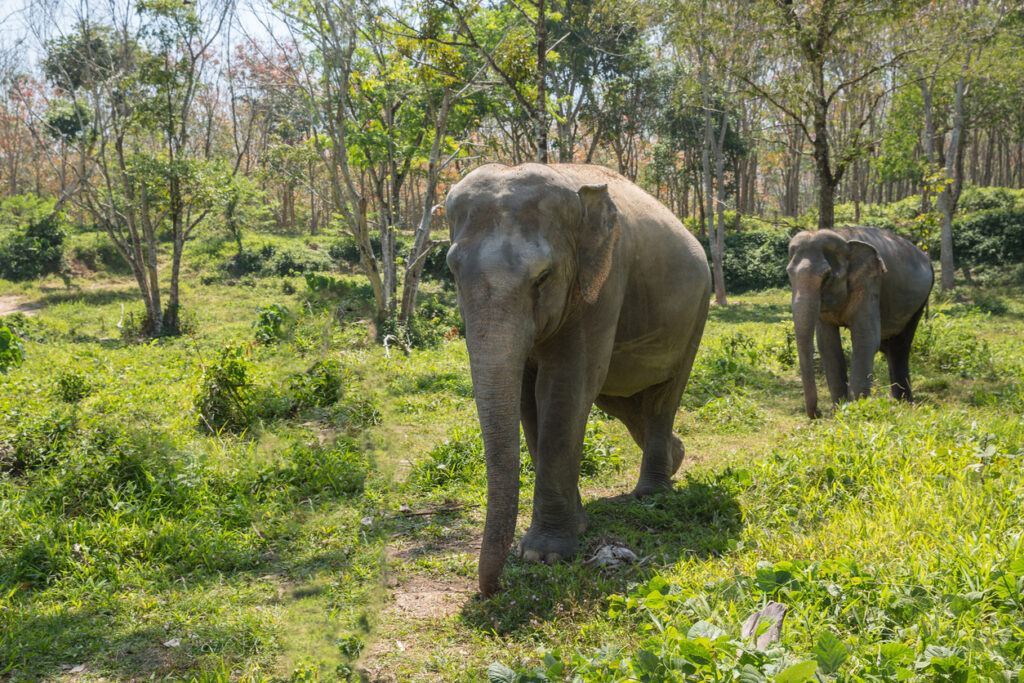
There are elephant sanctuaries around the world that prioritise space, freedom, and autonomy. These places don’t exist for entertainment—they exist to give elephants a chance to live more naturally, often after years of hardship. While they can’t undo the damage entirely, sanctuaries show us what’s possible when elephants are treated not as attractions, but as the wild, intelligent, emotionally rich beings they truly are.